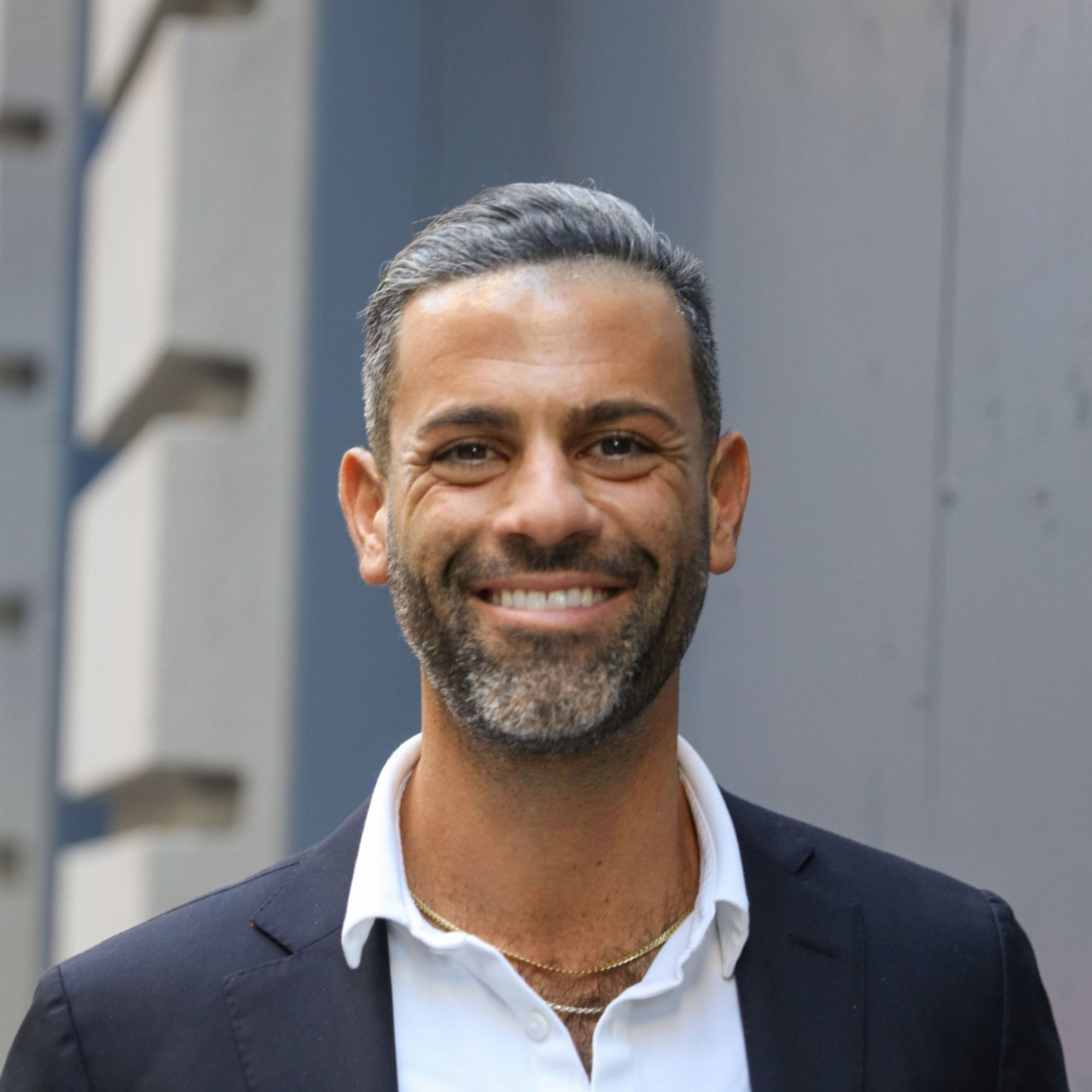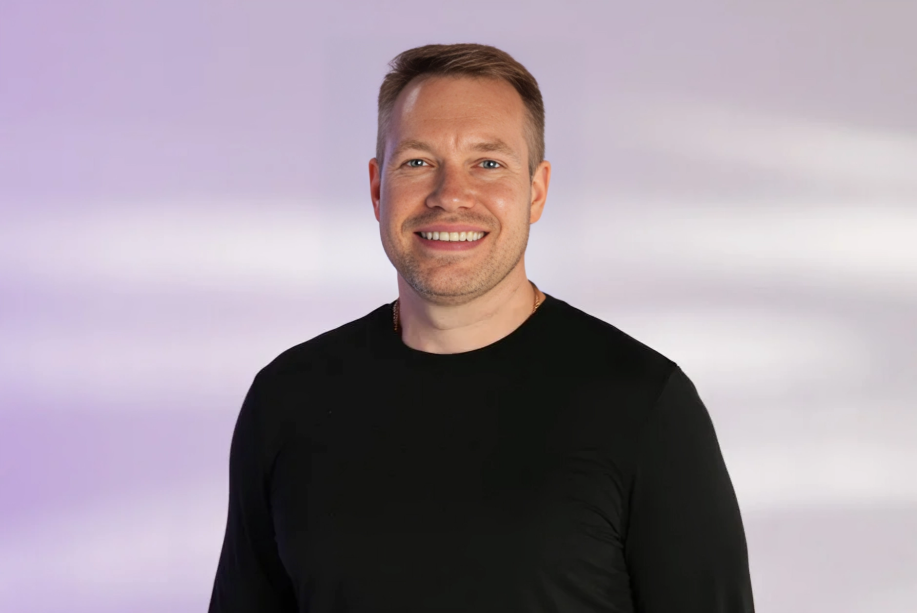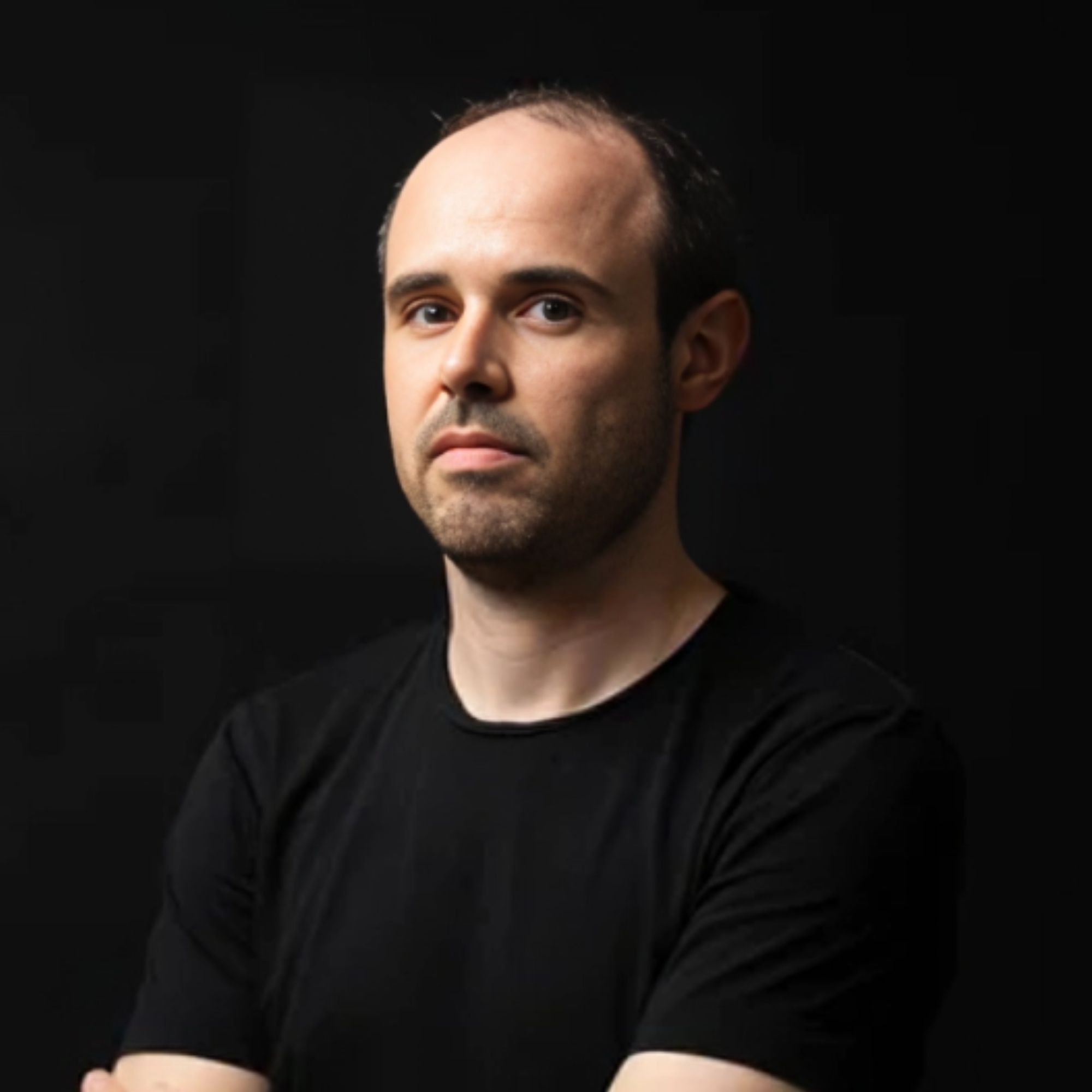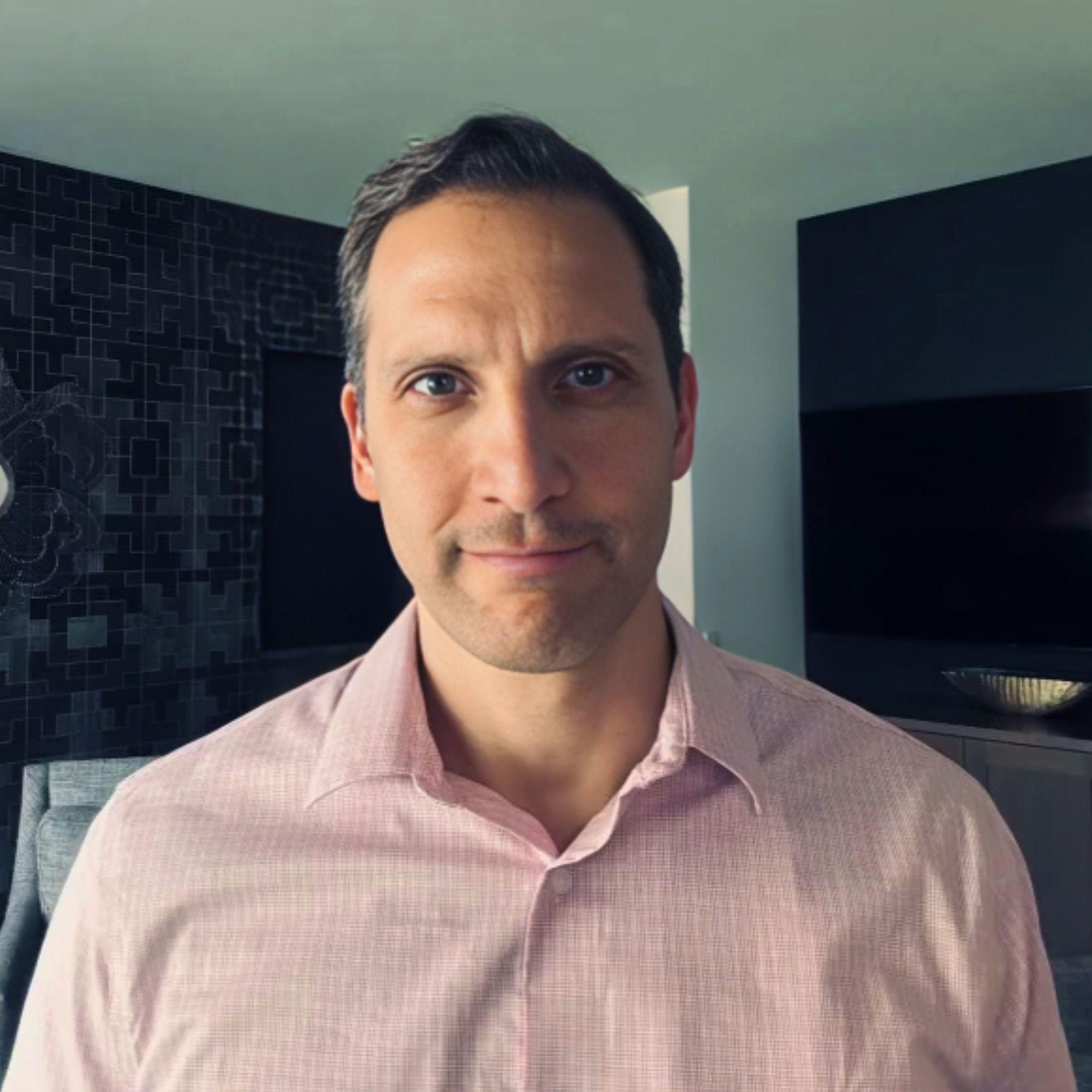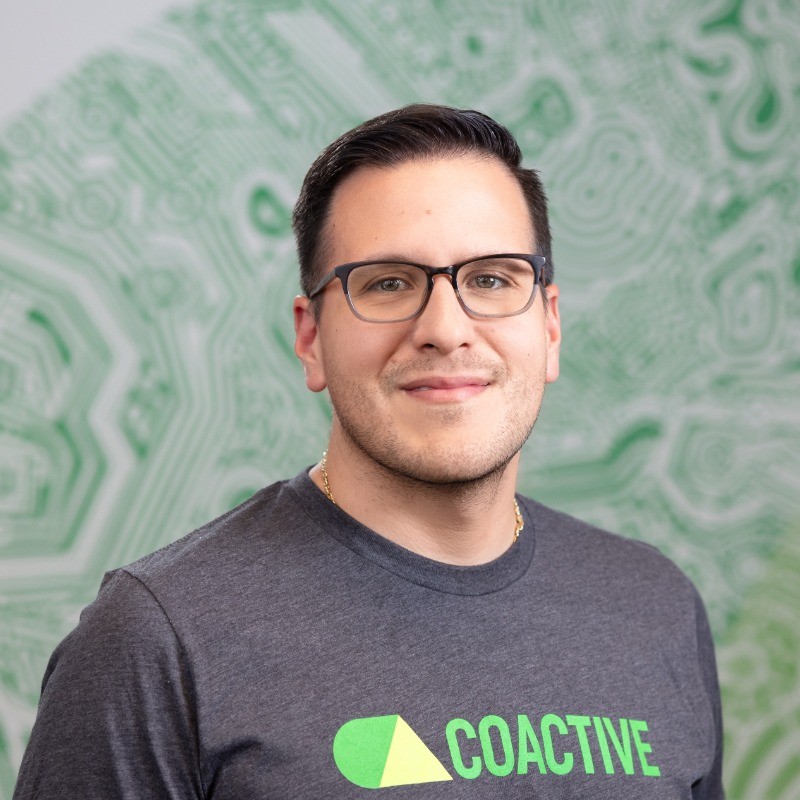Ready to launch your own podcast? Book a strategy call.
Frontlines.io | Where B2B Founders Talk GTM.
Strategic Communications Advisory For Visionary Founders
Conversation
Highlights
From Innovation to Market Fit: How SignalFX Navigated Its Path to a Billion-Dollar Exit
Most founders dream of the billion-dollar exit, but few understand the grinding reality between ideation and acquisition. In a recent episode of Category Visionaries, Phillip Liu, founder of Trustero and previously SignalFX, shared revealing insights about the often-overlooked challenges of building category-defining companies.
SignalFX’s journey began with what seemed like a founder’s dream scenario – raising $8 million on “basically seven slides.” But the initial euphoria quickly gave way to market realities. “The response wasn’t quite as what we hoped for, and that took us a little while to sort of build up a demand for the product,” Phillip revealed, highlighting a critical lesson about the gap between innovation and market acceptance.
The path to product-market fit required significant pivots in their go-to-market strategy. “We started out as a sort of SMB motion, and then we sort of pivoted to an enterprise motion,” Phillip explained. This wasn’t just a tactical shift – it was a fundamental realignment with their true market. The team discovered that “the enterprise were more sophisticated. People who actually adopted data science were the ones that turned out to be our best customers.”
This pivot proved crucial because it aligned with SignalFX’s core technological advantages. Having built sophisticated monitoring systems at Facebook, Phillip recognized an opportunity as AWS gained traction. “I thought a lot of the techniques that we used at Facebook around how do you monitor distributed applications? By using data. And using data science was actually quite novel.”
But innovation alone wasn’t enough. As Phillip emphasized, “Innovation clearly is not enough. It takes grit to basically make your innovative idea to become reality and to become a winning business.” This reality check echoes throughout his experience building multiple companies – the gap between technical innovation and commercial success requires more than just good technology.
The eventual acquisition by Splunk for over a billion dollars might suggest a straightforward success story, but Phillip’s reaction reveals a deeper truth about the founder’s journey. “I think it was one of relief in the sense that with all the startups I’d been at, it’s always this continuous sense of urgency and always the fear that it’s not going to succeed.”
This perspective has shaped his approach to building his current company, Trustero. Rather than chasing rapid growth at all costs, he advocates for strategic patience and capital efficiency. “Right now, obviously, it’s very tough to raise money, and I think that it’s wise to be frugal and then to maintain as much of your business as you can, and then be as frugal as you can while still hitting the innovation milestones that you need to hit with your business.”
Looking ahead, Phillip envisions a future where business relationships are transformed by transparency and automation. “We now live in a world where all the businesses are somewhat interconnected, and we all want to understand and be able to trust, from a securities perspective, how other businesses operate.” This vision suggests that the next wave of B2B innovation will focus not just on individual company operations, but on the broader ecosystem of business relationships.
For founders navigating today’s market, Phillip’s journey offers valuable insights about balancing innovation with market realities, the importance of strategic pivots, and the enduring value of capital efficiency. Success in B2B tech isn’t just about building great technology – it’s about having the persistence to find the right market fit and the discipline to build sustainable businesses that can weather market changes while continuing to innovate.
Actionable
Takeaways
Identify and Solve End-to-End Problems:
Rather than building yet another workflow tool or data repository, focus on using AI to solve end-to-end problems for your customers. By automating entire tasks and roles, you can create a more compelling value proposition and differentiate yourself from competitors.
Build Specialized AI Models:
As the AI landscape evolves, there will be a need for specialized models that cater to specific industries or use cases. By developing deep domain expertise and training your models on unique datasets, you can create a defensible moat and establish yourself as a leader in your chosen category.
Leverage Market Momentum:
When there is a major technological shift or breakthrough, such as the release of ChatGPT, look for ways to ride the wave of increased awareness and demand. Align your messaging and product roadmap to capitalize on the momentum and position yourself as a leader in the space.
Balance Growth and Efficiency:
While it's important to seize opportunities and grow quickly when market conditions are favorable, it's equally important to be frugal and maintain control over your business. Be disciplined in your spending, focus on hitting key innovation milestones, and adapt your strategy as needed to navigate different market sentiments.
Plan for the Long-Term:
Have a clear vision for how your industry will evolve over the next 5-10 years, and build your product and company strategy around that vision. By anticipating future trends and needs, you can stay ahead of the curve and position yourself for long-term success, even as the market and competitive landscape continue to change.





































